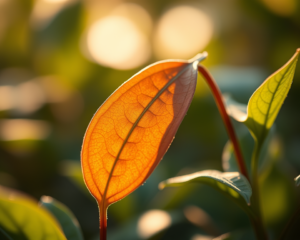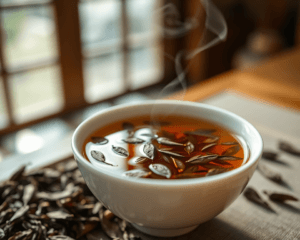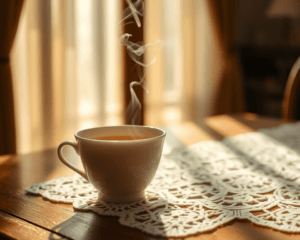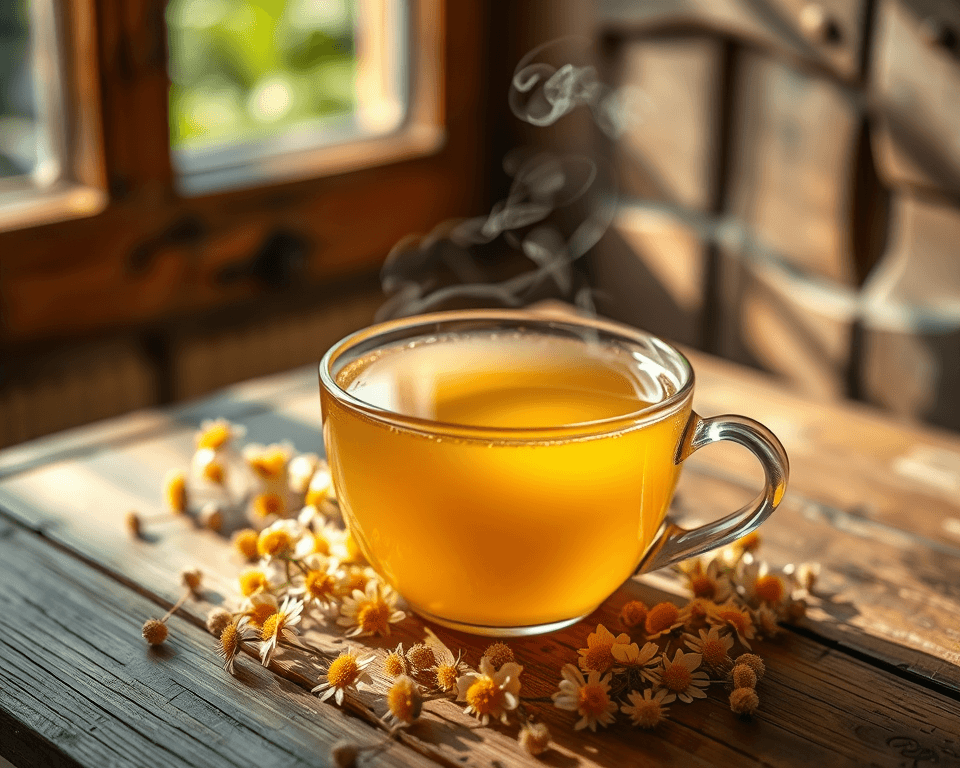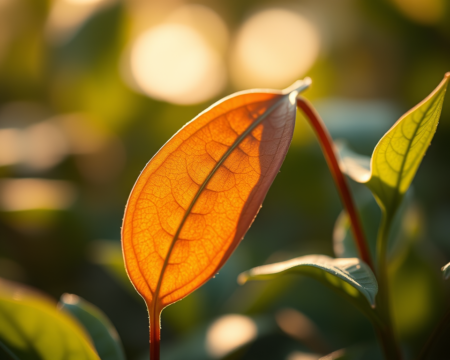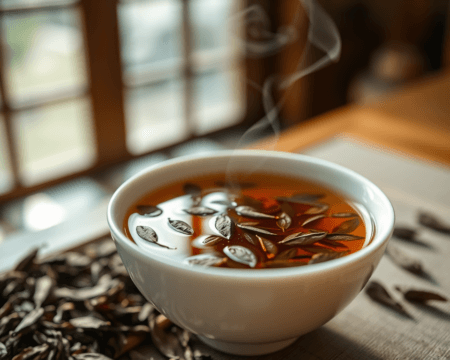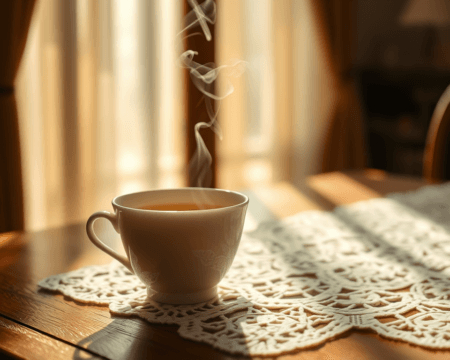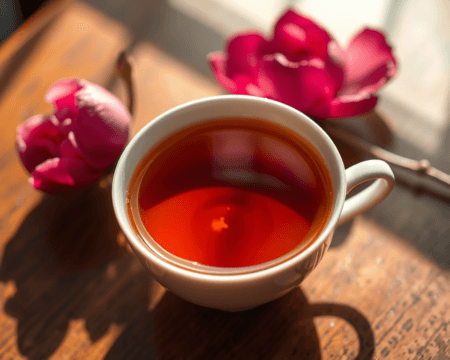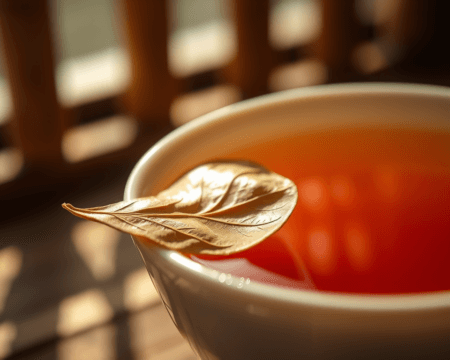Chamomile tea has a reputation as one of the most soothing herbal drinks out there. It’s like a warm hug in a cup. But here’s the million-dollar question: does chamomile tea actually go bad? Whether you’re brewing a simple bedtime tea or using it for health benefits, knowing its shelf life and how to store it will keep that cup of chamomile delicious long after you buy it.
Key Takeaways:
– Chamomile tea can last for 1-2 years if stored properly, but it can spoil.
– Loose leaf chamomile tends to have a longer shelf life compared to tea bags.
– Look for visual signs like color changes and a musty smell to know if your tea has gone bad.
– Packaging matters; light-proof and airtight containers can extend freshness significantly.
– Myths about tea spoilage are everywhere; understanding the truths can help you enjoy your tea longer.
The Shelf Life of Chamomile Tea
Understanding Expiration Dates
Let’s kick things off by addressing the elephant in the room: expiration dates. Chamomile tea doesn’t have a strict expiration date like milk does, but it does have a shelf life. Typically, you can expect loose leaf chamomile to last around 1-2 years if stored properly, while tea bags might last closer to 6-12 months. It often depends on a couple of key factors: packaging and storage conditions.
Stores usually slap on expiration labels for liability reasons, not necessarily indicating when the tea becomes unsafe to drink. Think of it more as a suggestion for peak freshness—so don’t toss your chamomile just because it’s hit that date!
Duration of Loose Leaf vs. Tea Bags
When it comes to comparing loose leaf chamomile and tea bags, the former typically reigns supreme in terms of longevity. Here’s the lowdown:
Loose Leaf Chamomile: Generally has a longer shelf life because it’s less processed and often stored in airtight containers. This tea usually has a more robust flavor profile but requires a little more effort to brew.
Tea Bags: Pre-packaged and convenient but often have a shorter freshness timeline due to exposure to air and moisture. Plus, they tend to lose flavor more quickly once opened.
If you’re a big tea drinker, investing in high-quality loose leaf chamomile is the way to go!
How to Properly Store Chamomile Tea
Optimal Storage Conditions
After you’ve fueled your chamomile obsession, it’s crucial to store it correctly to extend its shelf life. Here’s the scoop on the optimal conditions:
Temperature: Keep your chamomile in a cool, dark place. Heat and direct sunlight are its enemy, driving it to spoil faster.
Humidity Control: Moisture can lead to mold, which is a fast track to a ruined batch of tea. Try to store it in a dry area—your kitchen cupboard usually suffices.
Air-Tight Containers: Use air-tight containers to keep out moisture and air, which can break down those delicate flavor compounds. I personally recommend something like a vacuum-sealed bag or a good old tin can.
The Impact of Packaging
What your chamomile tea is packed in makes a significant difference. If it’s in flimsy packaging, it’s destined to turn stale faster than you can say “chamomile.” Opt for light-proof containers to block harmful UV rays that can degrade flavor over time.
Some popular choices include:
– Vacuum-Sealed Bags: Best for sealing in freshness and preventing oxidation.
– Tin Cans: Not only do they look good, but they also protect from light exposure effectively.
– Resealable Bags: Great for loose leaf, but ensure they’re high quality to maintain a good seal.
Now, if you leave those bags lying around in a visible spot on the counter, we’re talking diminished freshness—fast. Store it right, and you’ll be able to enjoy those calming chamomile sips to the fullest.
Signs that Chamomile Tea Has Spoiled
Visual Indicators of Spoilage
Even with all the best storage practices, chamomile tea can still go bad. So how do you know when it’s time to toss it out? Here are a few red flags to watch out for:
Color Changes: Fresh chamomile boasts a bright color. If it looks dull or discolored, it might be past its prime.
Mold Presence: Any signs of mold? That’s a hard no. Get rid of that immediately.
Texture Differences: Good quality chamomile should feel light and fluffy. If it feels compacted or spongy, it’s likely time to say goodbye.
Aroma Alterations: If your tea smells musty or ‘off,’ trust your nose. A sweet, herbal aroma is what you want.
How to Assess Aroma and Flavor
While visuals are a huge indicator, let’s not forget about your other senses. The aroma and flavor profile are crucial. Fresh chamomile has a delightfully sweet, floral fragrance that can’t be mistaken. If it starts to smell stale or loses that comforting scent, it’s probably time for it to go.
The taste test will also help you figure it out. Brew a small cup and see how it tastes. If it’s lackluster, bitter, or just doesn’t hit that calming spot it used to, you are officially dealing with some old tea!
Common Misconceptions About Chamomile Tea Spoilage
Debunking Myths
There’s a ton of misinformation swirling around about tea spoilage. One common myth is that sealed tea lasts indefinitely. While sealed packaging can help, it doesn’t make chamomile invincible. Over time, even sealed tea will degrade in flavor and quality—don’t let anyone tell you otherwise!
Another biggie is that only herbal teas can go bad. Almost every type of tea has a shelf life—green, black, oolong, you name it. Understanding these truths is key to enjoying your tea experience.
Understanding Tea’s Natural Properties
Chamomile isn’t just a pretty flower in a cup. Its natural properties make it unique! Packed with antioxidants and soothing compounds, it offers health benefits. But keep in mind, its delicate flavor compounds can degrade if not stored properly. That’s why understanding its characteristics as an herbal tea can save you from a disappointing cup.
So remember, the next time you reach for that chamomile tea, consider how long it’s been hanging out in your pantry, what kind of packaging it came in, and how you’ve stored it. Take control of your chamomile journey, and you’re bound to brew a perfect cup every time!
Frequently Asked Questions
How can I tell if my chamomile tea is still good?
To determine if your chamomile tea is still good, check for visual signs like color changes, mold presence, and texture differences. Additionally, assess the aroma; it should smell sweet and herbal. If it tastes stale or lacks flavor, it may be time to discard it.
What is the best way to store chamomile tea?
The best way to store chamomile tea is in a cool, dark place in an airtight, light-proof container. This prevents exposure to moisture, air, and light, which can degrade its flavor and potency. Avoid storing it in a humid environment, such as above the stove.
Can I drink expired chamomile tea?
While chamomile tea doesn’t become harmful after its expiration date, its flavor and aroma may diminish over time. If the tea shows no signs of spoilage and has been stored properly, it should be safe to drink even after the date indicated on the packaging.
Is there a difference in health benefits between loose leaf and tea bags?
Yes, there can be a difference in health benefits between loose leaf and tea bags. Loose leaf chamomile often contains higher quality flowers and may retain more essential oils and antioxidants compared to those in tea bags, which can be lower in quality and flavor.
Can I use old chamomile tea for anything else?
Yes! If your chamomile tea has lost its flavor but shows no signs of spoilage, consider using it in other ways. You can use it for potpourri, as a rinse for your hair to enhance shine, or even in crafting homemade bath products.
How long does chamomile tea stay fresh once opened?
Once opened, chamomile tea can stay fresh for about 6-12 months for tea bags and up to 1-2 years for loose leaf if stored properly. Ensuring that the containers are tightly sealed is crucial for maintaining freshness after opening.
Can chamomile tea spoil if it’s not brewed?
Chamomile tea can spoil if stored improperly, even if it hasn’t been brewed. Factors such as humidity, exposure to air, and light can all contribute to spoilage. Always store it in an airtight container to maximize its shelf life.
What are some common myths about chamomile tea storage?
One common myth is that tea can last indefinitely if sealed; however, even sealed tea can degrade over time. Another misconception is that only herbal teas spoil, but all types of tea have a shelf life. Understanding these myths can enhance your tea-drinking experience.
Is there a specific temperature to store chamomile tea?
Chamomile tea should be stored at a cool room temperature, ideally between 60°F and 80°F (15°C to 27°C). A dark cupboard away from heat sources is an optimal location. Avoid areas with high temperatures like near ovens or direct sunlight.
What should I consider when buying chamomile tea?
When buying chamomile tea, consider the type (loose leaf vs. bags), source of the chamomile, and packaging. High-quality loose leaf chamomile tends to have better flavor and freshness. Look for products that provide information about storage practices and expiration dates.
